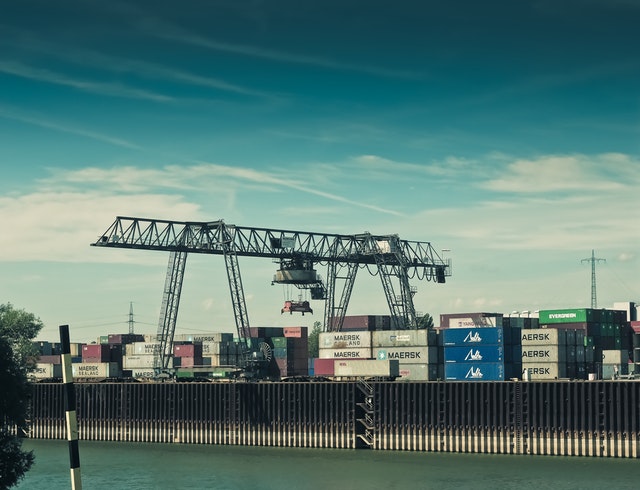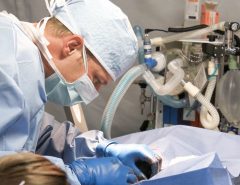Cranes are an essential machine used in infrastructure to help move a load otherwise too heavy for individuals. They are a common sight around major cities as well as shipping ports where shipping containers are moved on the daily form the ship to the ground. When utilising a crane for hire businesses expect one that is up-to-date with the latest technology. This article takes a look at the latest technology in cranes from around the world.
Cranes are an essential part of a vessel’s cargo handling system. The way cargo is managed plays a very important role in both the operational cost and the environmental impact of the ship and its cargo. The more effective the crane, the more effective the ship’s overall operation, which subsequently impacts the environmental load.
The new creation cranes for handling heavy cargo such as bales of pulp or reels of paper are electric with a Variable Frequency Drive (VFD). This is a certain sort of adjustable-speed drive system for controlling the rotational speed of an alternating current (ac) electrical engine. This is accomplished by controlling the frequency of the electric power provided to the engine.

In the old generation of cranes, the Electro-hydraulic cranes, the hydraulic system has an internal leakage. To compensate for this the pump to the hook has a minor positive setting known as plussing. This makes the cargo in the hook gradually lift initially when the driver lowers the crane, making it more challenging to place the cargo.
At a VFD crane, the beginning current is low and peak start current isn’t required, which makes this crane more precise and accurate than the electro-hydraulic. Bales of pulp may be handled relatively roughly, which enables high rates of loading and unloading. With high rates and bulk load, pinpoint precision is desirable at load handling.
Lousy sight, heavy rain and wind cause problems for the crane driver such as when loading and unloading cargo at the port. It takes a long time to allow the crane driver to place cargo manually as sight and distance is restricted and load can start moving back and forth. Once started, the movement is really hard to stop. Reels of paper need to be handled carefully and it’s quite important not to scrape the reels to the load packed nearby.
MacGregor Cranes in Örnsköldsvik, Sweden has developed an Active Rotation Control system (ARC) to stabilize and mechanically turn the load in the atmosphere. This is an automatic swivel control that retains the cargo in the desirable direction throughout the whole operation. The slewing is centre-line located and electrically operated.
A gyroscopic stabilisation cancels out torsional pendulations and keeps the freight steady. Operation for this purpose is truly easy and smooth for the operator. There is another control box with just two knobs, one for your starting position and one to set the end position. The load automatically works while in the atmosphere that makes cargo handling quicker and safer. Using a joystick, the cargo may be fine adjusted to place the cargo correctly.
Cargo positioning time is just as much as 30-50 percent of crane cycle time in port. With shorter cycle times, the port fee for the shipowners will fall. Additionally, there are environmental benefits in shortening cycle period. This means that an electrical VFD crane with The ARC solution will save a considerable amount of time and money for the shipowners as well as reduce the carbon footprint.
The largest cranes are the ones with the latest and greatest of technologies. The technology that has been and continues to be established by organises not only makes the industry safer but increases productivity and in the long-term reduces costs, both intangible and of monetary value.






